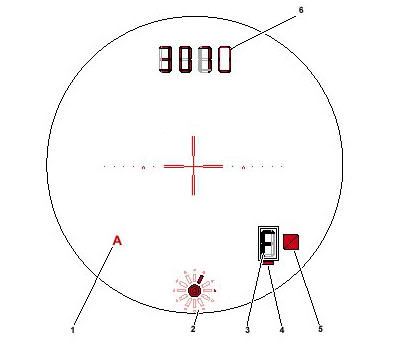

![]() by United States of PA » Fri Dec 31, 2010 5:18 am
by United States of PA » Fri Dec 31, 2010 5:18 am

![]() by United States of PA » Sat Jan 08, 2011 3:24 pm
by United States of PA » Sat Jan 08, 2011 3:24 pm

![]() by United States of PA » Sat Jan 08, 2011 3:25 pm
by United States of PA » Sat Jan 08, 2011 3:25 pm

![]() by United States of PA » Tue Jan 18, 2011 12:01 pm
by United States of PA » Tue Jan 18, 2011 12:01 pm

![]() by United States of PA » Sat Feb 26, 2011 11:48 pm
by United States of PA » Sat Feb 26, 2011 11:48 pm

![]() by United States of PA » Fri Apr 15, 2011 8:18 pm
by United States of PA » Fri Apr 15, 2011 8:18 pm



![]() by United States of PA » Fri Apr 15, 2011 8:19 pm
by United States of PA » Fri Apr 15, 2011 8:19 pm

![]() by United States of PA » Fri Apr 15, 2011 8:21 pm
by United States of PA » Fri Apr 15, 2011 8:21 pm


![]() by United States of PA » Fri Apr 15, 2011 8:22 pm
by United States of PA » Fri Apr 15, 2011 8:22 pm


![]() by United States of PA » Fri Apr 15, 2011 8:22 pm
by United States of PA » Fri Apr 15, 2011 8:22 pm

![]() by United States of PA » Tue May 10, 2011 1:26 pm
by United States of PA » Tue May 10, 2011 1:26 pm


![]() by United States of PA » Tue May 10, 2011 1:27 pm
by United States of PA » Tue May 10, 2011 1:27 pm


![]() by United States of PA » Fri Jun 17, 2011 2:54 am
by United States of PA » Fri Jun 17, 2011 2:54 am

![]() by United States of PA » Sat Jan 07, 2012 6:07 pm
by United States of PA » Sat Jan 07, 2012 6:07 pm

![]() by United States of PA » Fri Feb 17, 2012 8:53 pm
by United States of PA » Fri Feb 17, 2012 8:53 pm

![]() by Lamoni » Tue Jan 08, 2013 2:08 am
by Lamoni » Tue Jan 08, 2013 2:08 am
Licana on the M-21A2 MBT: "Well, it is one of the most badass tanks on NS."
Vortiaganica: Lamoni I understand fully, of course. The two (Lamoni & Lyras) are more inseparable than the Clinton family and politics.
Triplebaconation: Lamoni commands a quiet respect that carries its own authority. He is the Mandela of NS.
Advertisement
Return to Global Economics and Trade
Users browsing this forum: No registered users
Advertisement